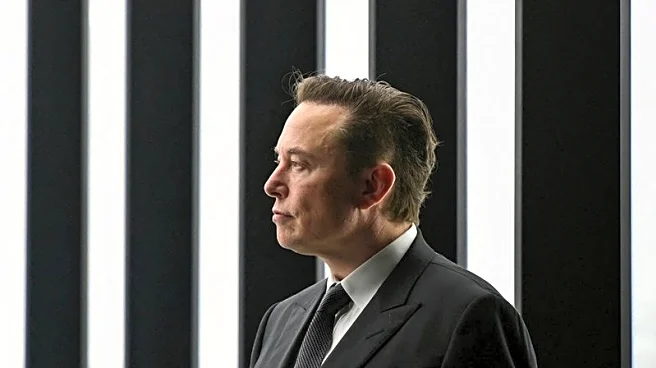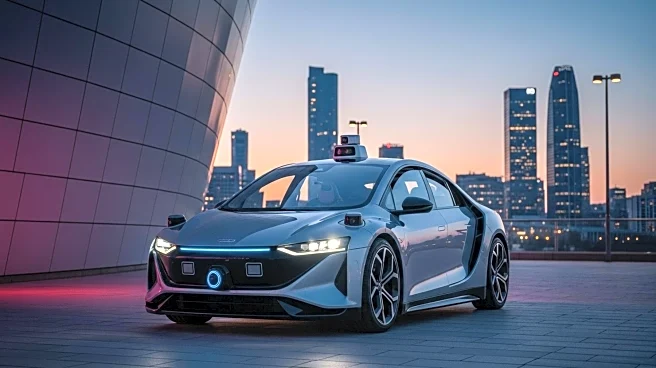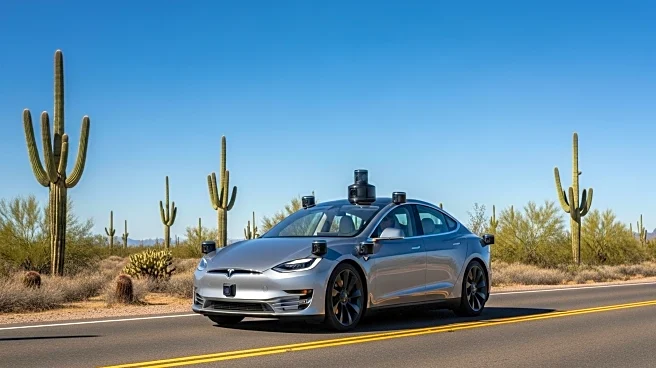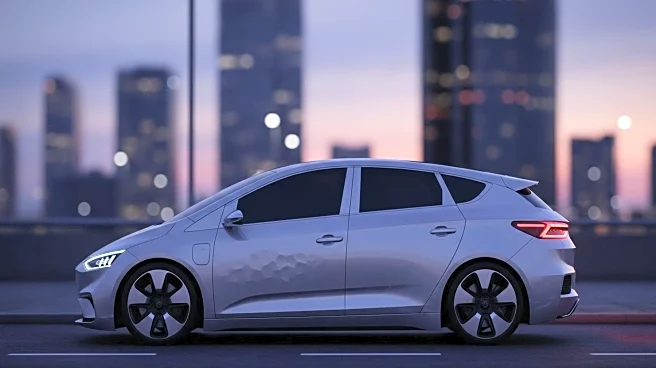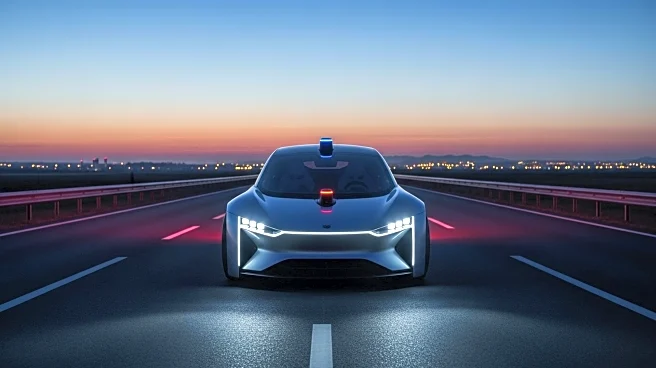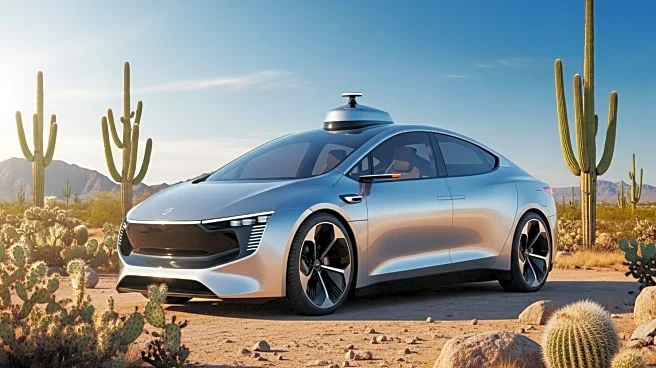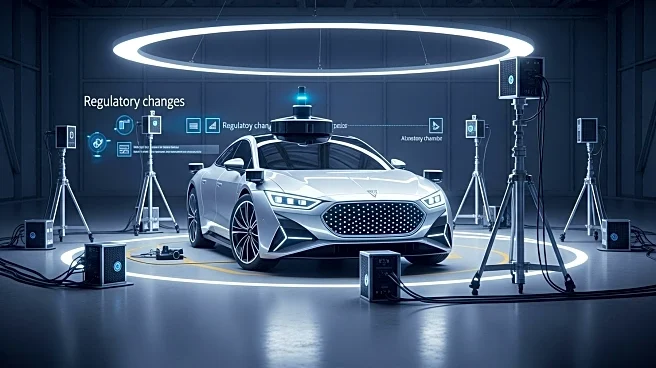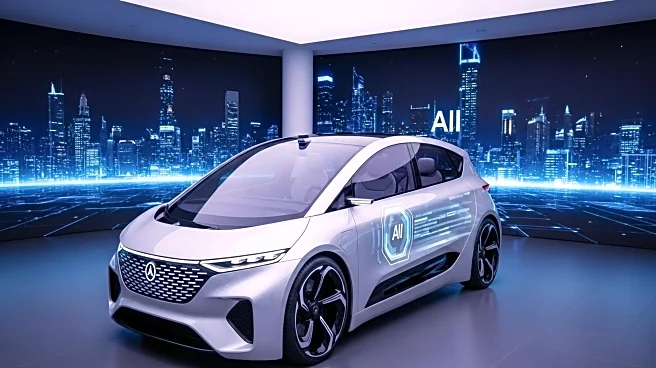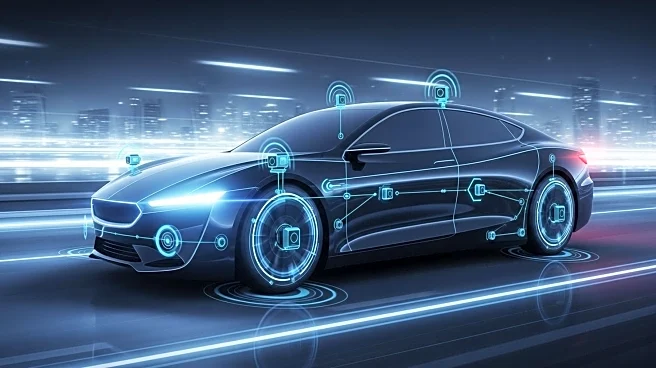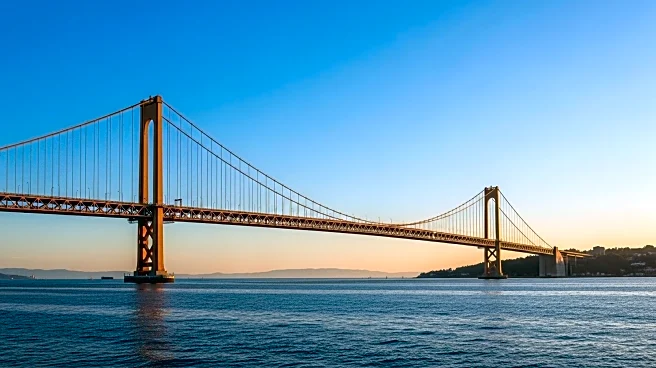What's Happening?
Tesla CEO Elon Musk announced plans to expand the company's robotaxi program from Austin, Texas, to the San Francisco Bay Area. However, Tesla has not applied for the necessary permits to operate autonomous ride-hailing services in California. Instead, the company has been offering invite-only rides in human-driven vehicles under a permit typically used for limousine services. This has led to confusion among regulators, who were surprised by reports of driverless taxi launches. California's Public Utilities Commission reminded Tesla to differentiate its human-driven services from autonomous operations. Despite the lack of fully driverless cars, Musk continues to use the term 'robotaxi' and claims Tesla's service areas are larger than competitors'.
Why It's Important?
The confusion surrounding Tesla's robotaxi plans highlights the challenges of communicating and implementing autonomous vehicle technology. Robotaxis are central to Musk's vision for Tesla and are crucial to the company's $1 trillion valuation. The regulatory uncertainty could impact Tesla's ability to expand its autonomous services and affect investor confidence. As Tesla navigates these challenges, the company's approach to regulatory compliance and communication will be critical in maintaining its market position and achieving its long-term goals.
What's Next?
Tesla must address regulatory concerns and obtain the necessary permits to expand its robotaxi program in California. The company may need to clarify its communication strategy to avoid further confusion and ensure compliance with state and federal regulations. As Tesla continues to develop its autonomous technology, stakeholders will be watching closely to see how the company manages these challenges and progresses toward its vision of widespread robotaxi deployment.

